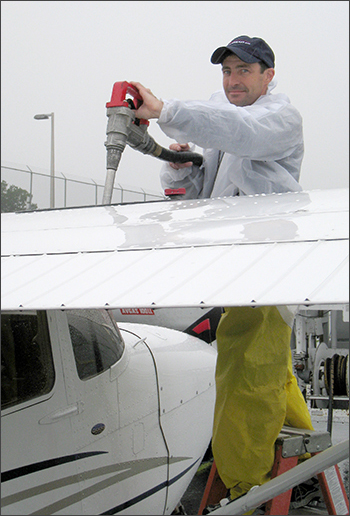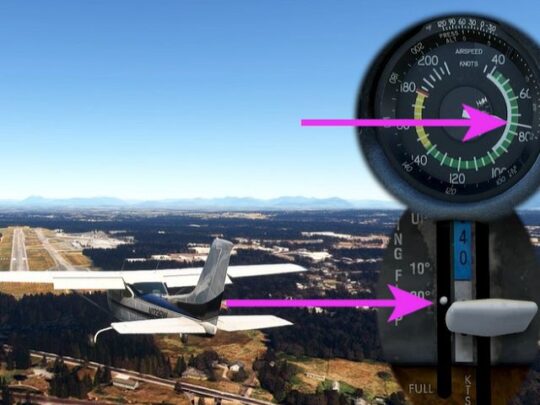Subscriber question:
"I always told myself I'd never land with less than an hour of fuel onboard. However, twice last fall I knowingly landed with just a bit less than an hour because it was good VFR and there were nearby airports I could divert to if there was a problem. Both times it made me really uncomfortable, but it was a non-event. Is this a problem?" — Daryl G.
Wally:
 “Here is my primary rule of thumb: If you are in the air and getting concerned about your fuel quantity, land and get some fuel. I think very few people have run out of fuel by surprise, so if it starts to become a concern of yours while flying, fix it.
“Here is my primary rule of thumb: If you are in the air and getting concerned about your fuel quantity, land and get some fuel. I think very few people have run out of fuel by surprise, so if it starts to become a concern of yours while flying, fix it.
One very typical setup for a fuel problem is to plan a long flight with the idea of stopping about one hour’s flying time short of the destination. While enroute, we find the winds are a little better than forecast and the fuel gauges look a little better than you planned, and no one has to use the bathroom. So why not press on? The urge to keep pushing is very strong in this situation and tends to influence a pilot’s judgment. It sure would be fun to tell my friends we made it nonstop to … almost the destination airport.
Instead, why not plan a stop at the midpoint? This eliminates the temptation to try that unplanned new record attempt, and it’s better for your body anyway.
Another fuel accident scenario is created when a pilot arrives at a rural airport very low on fuel because he heard this place has bargain prices. Only problem: They’re closed or out of fuel. Now what? Those that takeoff usually wind up about five miles short of the next airport that actually has fuel.
Never let the lure of cheaper fuel just ahead trick you into becoming one of those 100 pilots who will run out of fuel this year.
Here are a few things you might consider when establishing a minimum fuel. First of all, how accurate is your beginning fuel number? Is the plane topped clear to the filler neck or is it down an inch or two? If you don’t know how much fuel you have to start with you won’t know when you will be out.
Second, how well do you know your airplane? Does it burn more or less than book? Next, how reliable is fuel availability at your next stop. Then, of course, there are the wind and weather factors.
My personal minimums for day VFR in the airplane I own (Mooney) is 1.5 hours. IFR or night? Two hours. But, back to my first comment, if I am becoming in any way concerned with my fuel situation, I am going to land and eliminate that concern.”
Have you ever decided in the air to dip below your personal fuel minimum, even just by a few minutes (or gallons)?

